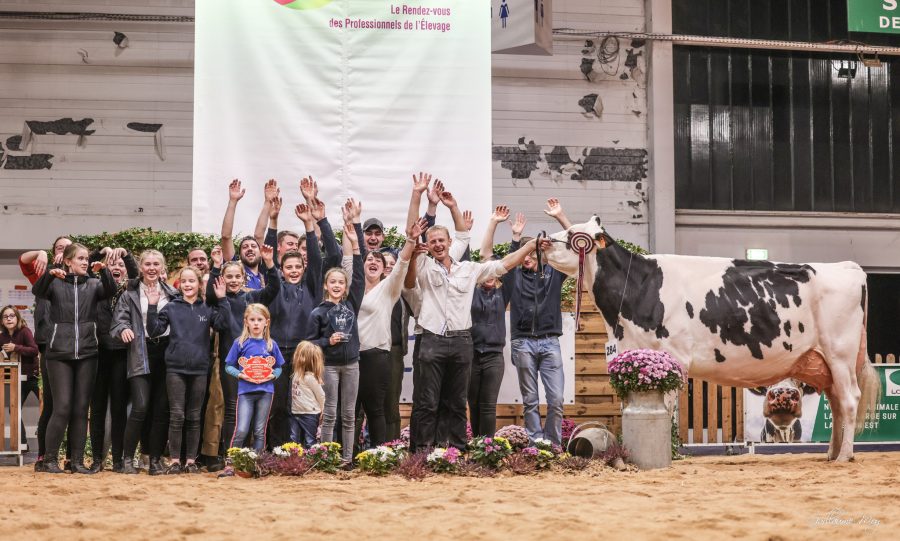A new study from Germany found that dairy cows fed industrial hemp made milk with THC, a compound that makes people feel high. This could change how hemp could be used as an ingredient in animal feed.
The dairy cows’ behaviour also changed. They yawned and sucked their lips a lot, moved a little unsteadily on their hooves, stood still for a long time, and had a “somnolent look.”
The peer-reviewed study was done on Holstein cows in Berlin and came out Monday in the journal Nature Food. It is one of the first major studies to look into the possibility of adding industrial hemp to animal feed as a supplement.
At the moment, this is against the law in the United States because THC is not allowed in the food chain. But the new research comes at a time when hemp, which has many uses in industry, is coming back to farms after being banned during the “reefer madness” scare of the 1930s.
Cannabis sativa, which is also known as “hemp,” is a type of plant. It has been grown by people for thousands of years. Its fibres are used to make ropes and for many other things. In the late 1700s, George Washington grew it at Mount Vernon, and the estate has been growing it again in recent years.
THC is a chemical that is found in large amounts in the flowers of the cannabis plant. That’s the chemical compound that gets people high when they smoke it or eat it. High-THC hemp is called “marihuana” by the federal government, which spells it in a strange way, and it is still on Schedule 1 of the Controlled Substances Act of 1970.
Industrial hemp is not the same thing as the marijuana plant that people grow to make their own weed. Under the 2018 Farm Bill, industrial hemp is no longer on the list of controlled substances if it has less than 0.3% THC.
Because of this change in the law, the market for cannabidiol, or CBD, which is also made from hemp, is booming. That is usually sold because it is said to be good for your health. If you go to the right cafe, you can get it in your coffee.
CBD is said to be good for your health, but the Food and Drug Administration hasn’t backed up most of those claims. Only a few products made from hemp have been approved by the FDA, and some companies that make claims about CBD products that aren’t backed up by science have been sent warning letters.
As scientists and government officials figure all this out, the hemp business keeps growing. It’s still a very small part of the market for agricultural goods, but that could change. Erica Stark, the head of the National Hemp Association, said that if the government lets it, hemp could be a great source of food for animals. She said that the seeds of hemp don’t have any THC and are full of protein.
“There will be such a big market for it. Right now, there isn’t enough animal feed in this country because of what’s going on in Ukraine, droughts, and other crop failures,” Stark said.
Researchers at the German Federal Institute for Risk Assessment found that giving cows the whole hemp plant, which had very low amounts of THC, did not change their behaviour. The effects on behaviour were only seen when the flowers and leaves, which have more THC, were the only parts of the hemp plant that the rats were given.
The report says that some of these effects were a slower heart rate and breathing, “pronounced tongue play, more yawning, salivation, nasal secretion formation,” and reddening of a part of the eyes. Some animals “walked carefully, but were sometimes unsteady, stood for a long time, and had strange postures.”
Robert Pieper, head of the institute’s food chain safety department and co-author of the new paper, says that the animals also ate less and made less milk.
“That has a big effect on the health of animals. “Not a good result,” he said. But he didn’t say what would happen in the world of policy.
Industrial hemp was slowly made legal in the United States through the Farm Bills of 2014 and 2018. This happened at the same time that laws against marijuana use were being loosened in many different ways.
Researchers say that THC was in the milk of cows that were fed hemp.
At the Hemp House Farm in Cheshire, Connecticut, the hemp buds that are picked are used to make medicinal oils and other products. (Photo by Douglas Hook/Getty Images/Hartford Courant)
But this legalisation is limited by rules. The FDA still thinks that THC, CBD, and other cannabinoids in food are dangerous.
“You won’t see CBD-enhanced milk on store shelves for a long time,” said Jeffrey Steiner, who runs the Global Hemp Innovation Center at Oregon State University.
Steiner has tried hemp as a feed supplement for dairy cows, sheep, and chickens. He did not take part in the research that was just published. But his team has only been allowed to study hemp since 2019, and he stressed that a lot more research needs to be done before the plant is likely to get regulatory approval as an animal feed.
During the 1930s, when accusations that Mexican immigrants used marijuana were used as part of racist and jingoistic rhetoric, the plant got a bad name and was tied to racist and jingoistic ideas. Steiner said that a federal tax on marijuana in 1937 pretty much put hemp out of business. During World War II, hemp was once again used to help the war effort. Henry Ford even showed off a car made in part from hemp. However, this was only a temporary reprieve, as the 1970 Controlled Substances Act made it illegal to grow the plant.
Steiner said that during that time, hemp was stuck in the time capsule and couldn’t be used for anything. “Now, it’s a matter of catching up, letting hemp into the market, and making decisions based on science.”
Jamie Jonker, chief science officer at the National Milk Producers Federation, said that the dairy industry will probably want to use hemp as a feed additive if it gets federal approval and can compete with other sources of protein. He said that rising feed and energy costs have been hard on the industry, but that high milk prices have helped ease some of the pressure.
Michael Kleinhenz, an assistant professor in beef production medicine at Kansas State University, said that hemp could also be used to help cows feel less stressed when they are being moved. He has done research on steers that were fed hemp, and he said that the steers became calmer.
Kleinhenz said, “We don’t know if they have that buzz or not.” He said that they do have less stress hormones, though. He thinks that the cannabinoids make people less stressed, but “we still have to figure out how that works in animals.”
Jonker said he has heard that CBD-enhanced dairy products like ice cream are being sold commercially in the Pacific Northwest. But, he said, any new way to sell milk needs to be done carefully.
“Milk has a great reputation for being clean in the minds of most people,” Jonker said. “There’s always a cautious way to go about innovation to make sure that halo doesn’t hurt your reputation.”





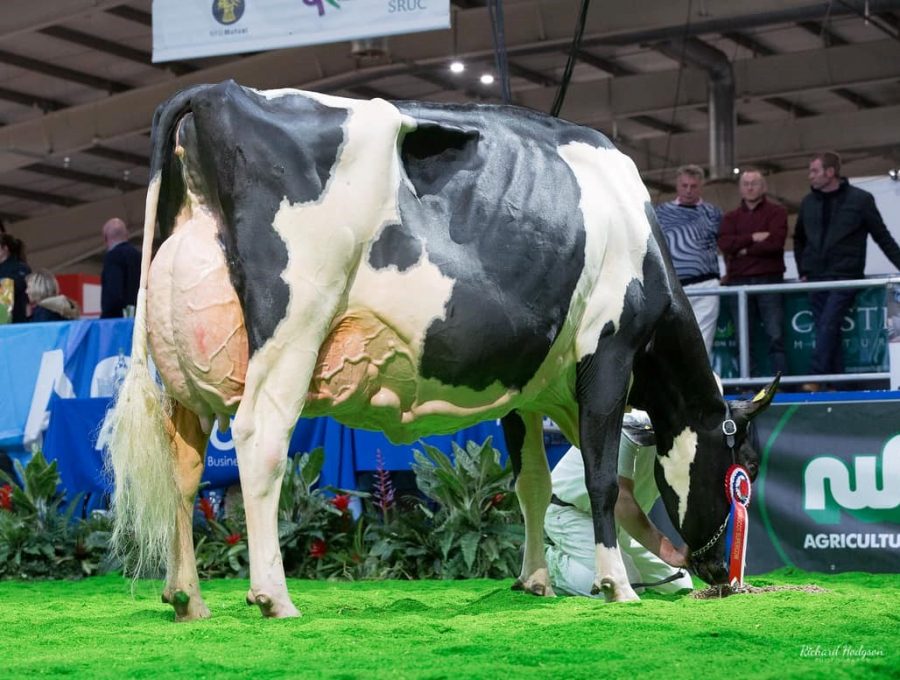
 Here at The Bullvine, we’d like to express our sincere condolences to Paul’s friends and family.
Here at The Bullvine, we’d like to express our sincere condolences to Paul’s friends and family.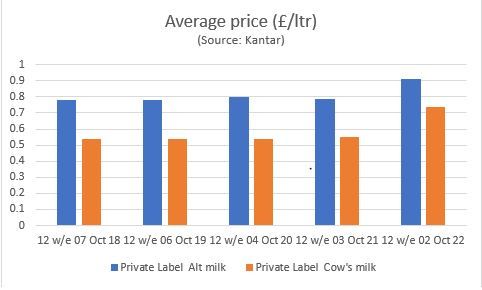

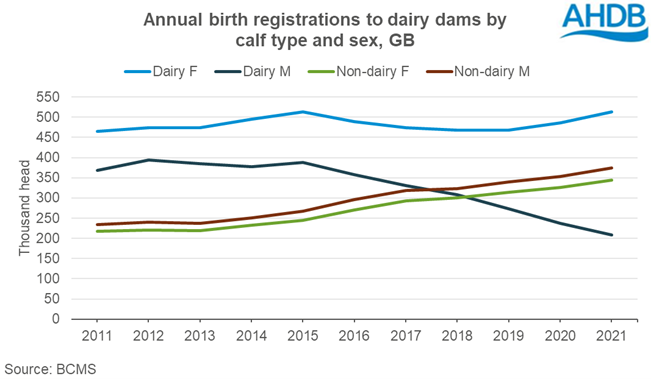
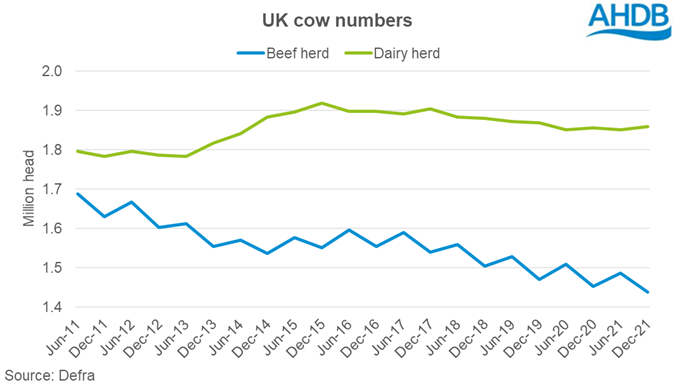

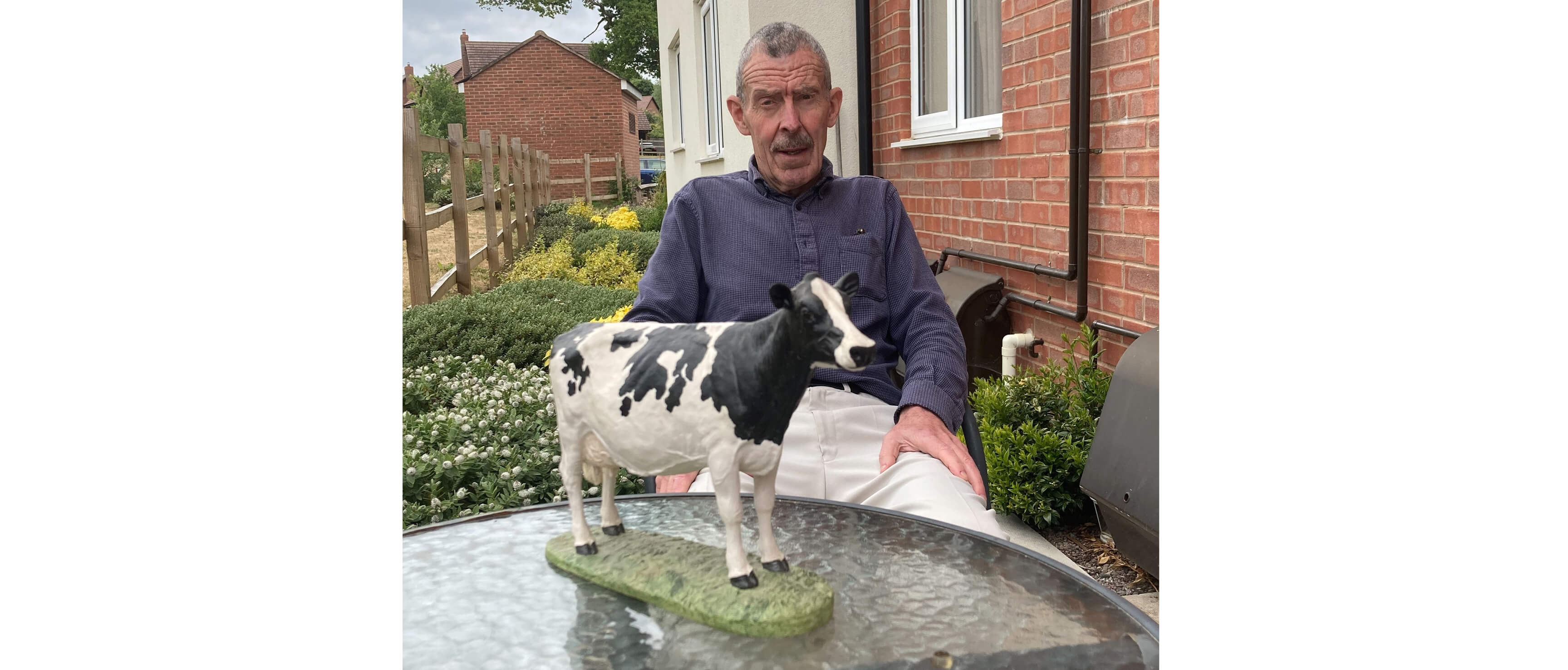 Presented by the Holstein UK Board of Trustees, the Lifetime Achievement Award recognises at least twenty years of dedication and service to the Holstein and/or British Friesian breeds. The award is presented annually to an individual who has made a remarkable contribution to the Society and provided outstanding service to the breed.
Presented by the Holstein UK Board of Trustees, the Lifetime Achievement Award recognises at least twenty years of dedication and service to the Holstein and/or British Friesian breeds. The award is presented annually to an individual who has made a remarkable contribution to the Society and provided outstanding service to the breed.